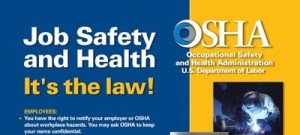“…about 10 percent of the pools tested in the region come back as bad, earning the “unsafe” rating. Most of those ratings come from the pseudomonas presence…Pseudomonas is ubiquitous; we all have it on our skin, that’s  why you should take a shower first before swimming. 99 out of 100 people do not…Sometimes a pool or spa will have a problem especially the pseudomonas because it’s resilient to chlorine.”
why you should take a shower first before swimming. 99 out of 100 people do not…Sometimes a pool or spa will have a problem especially the pseudomonas because it’s resilient to chlorine.”
Each day, four times a day, John Huggins tests and retests the water quality at the 130,000-gallon outdoor pool at Hart Ranch in Rapid City.
Despite the pool supervisor’s best efforts, his pool, along with more than a dozen of the city’s hotels’, continually fail to meet bacteria standards set by the state health department.
The Journal obtained hundreds of pages of records through a public information request. Of the 36 establishments in Rapid City with pools, about half had tests come back as “bacteriologically unsafe for swimming” this summer.
The 18 failing Rapid City hotels and motels house 36 individual pools, hot tubs or water parks. Of those, about half had tests come back positive for pseudomonas, a nasty bacteria that causes swimmer’s itch and other skin or ear infections.








